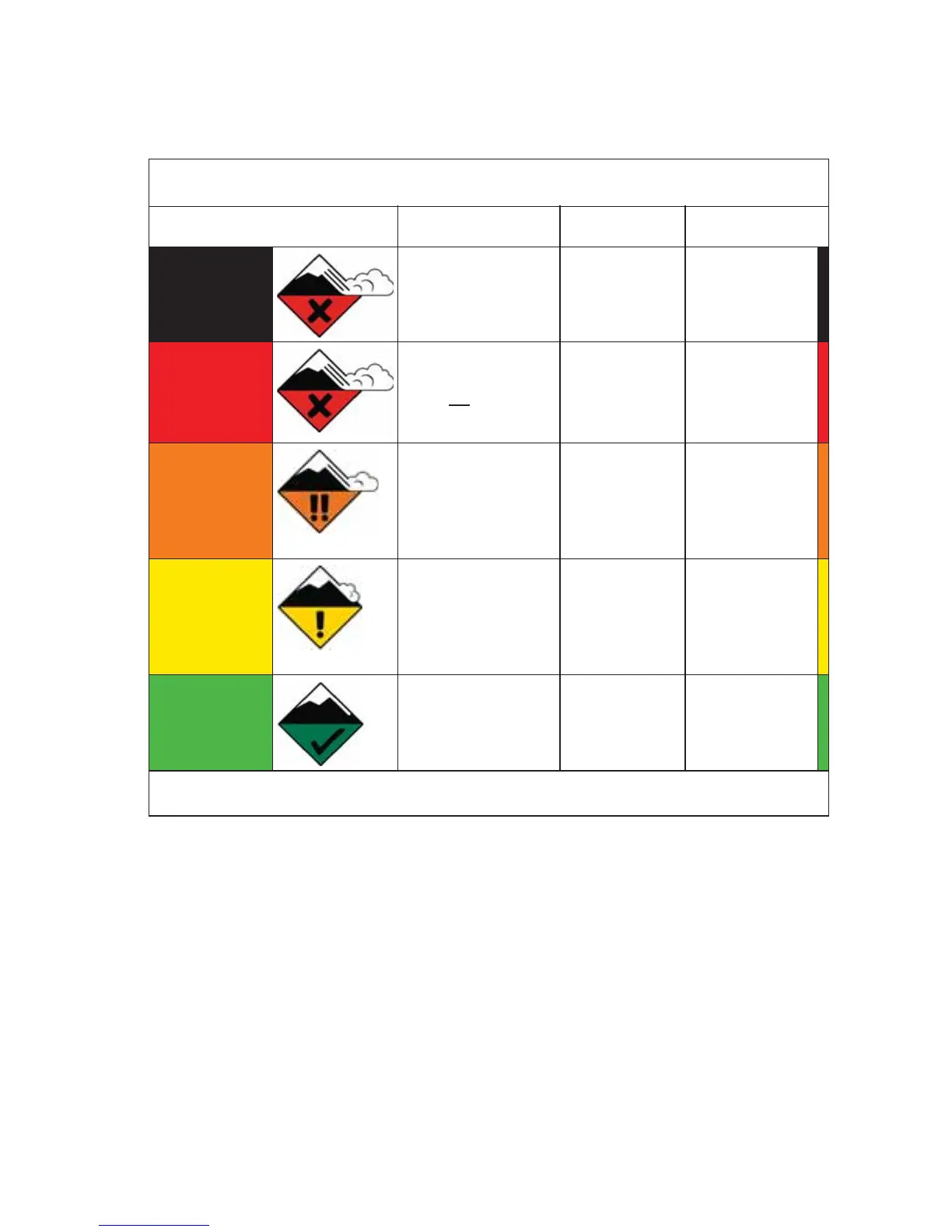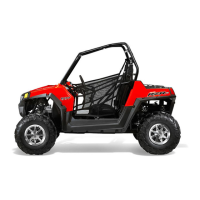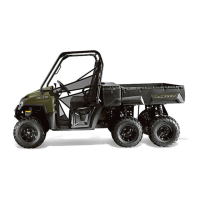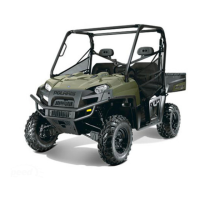21
SAFETY
Operator Safety
Mountainous Terrain Riding
North American Public Avalanche Danger Scale
Avalanche danger is determined by the likelihood, size and distribution of avalanches.
Danger Level
Travel Advice Likelihood of
Avalanches
Avalanche Size
and Distribution
5
Extreme
Avoid all avalanche
terrain.
Natural and
human-triggered
avalanches
certain.
Large to very large
avalanches in
many areas.
4
High
Very dangerous
avalanche conditions.
Travel in avalanche
terrain not
recommended.
Natural
avalanches
likely; human-
triggered
avalanches very
likely.
Large avalanches
in many areas; or
very large
avalanches in
specific areas.
3
Considerable
Dangerous avalanche
conditions. Careful
snowpack evaluation,
cautious route-finding
and conservative
decision-making
essential.
Natural
avalanches
possible; human-
triggered
avalanches likely.
Small avalanches
in many areas; or
large avalanches
in specific areas;
or very large
avalanches in
isolated areas.
2
Moderate
Heightened avalanche
conditions on specific
terrain features.
Evaluate snow and
terrain carefully;
identify features of
concern.
Natural
avalanches
unlikely; human-
triggered
avalanches
possible.
Small avalanches
in specific areas;
or large
avalanches in
isolated areas.
1
Low
Generally safe
avalanche conditions.
Watch for unstable
snow on isolated
terrain features.
Natural and
human-triggered
avalanches
unlikely.
Small avalanches
in isolated areas
or extreme terrain.
Safe backcountry travel requires training and experience. You control your own
risk by choosing where, when and how you travel.

